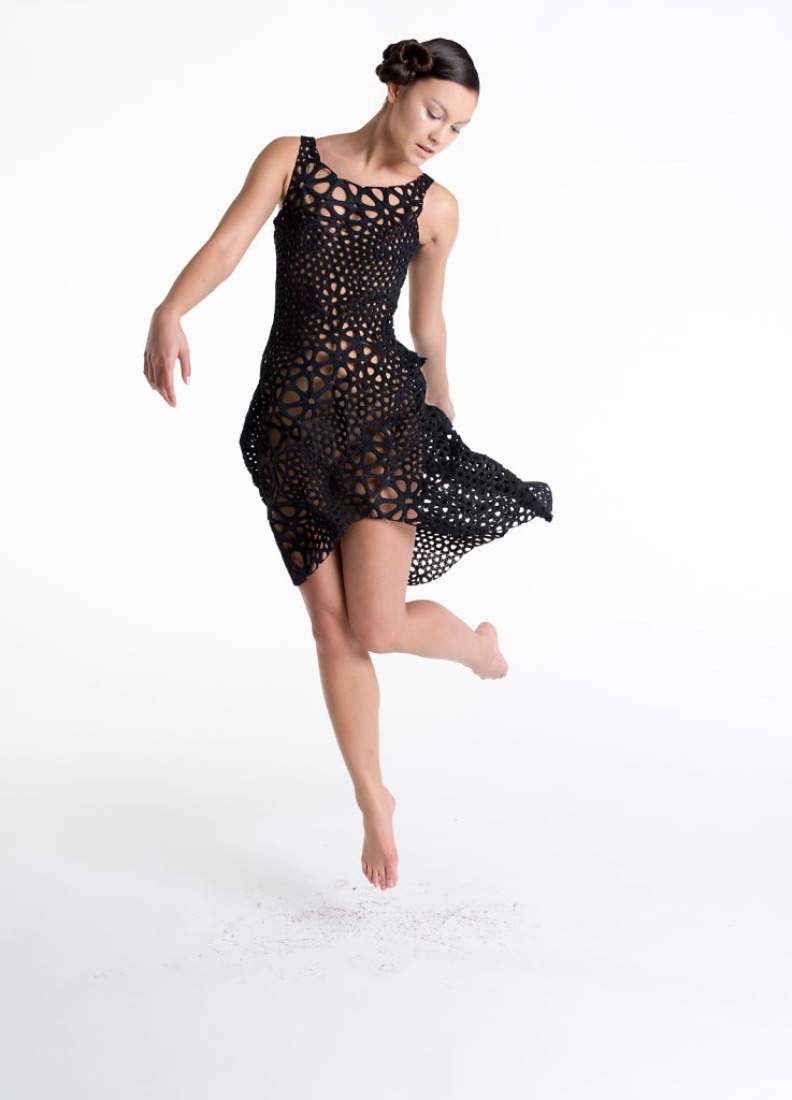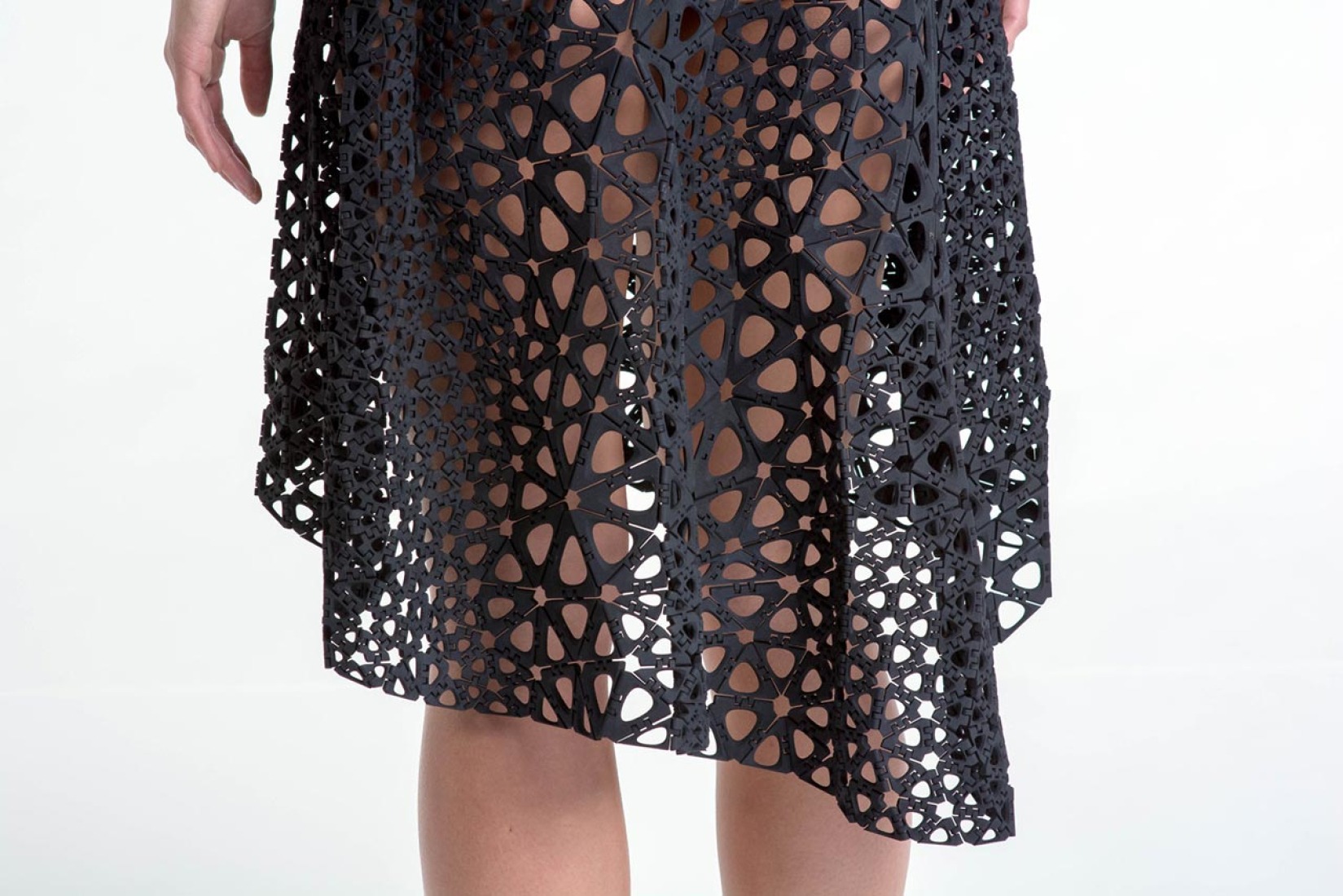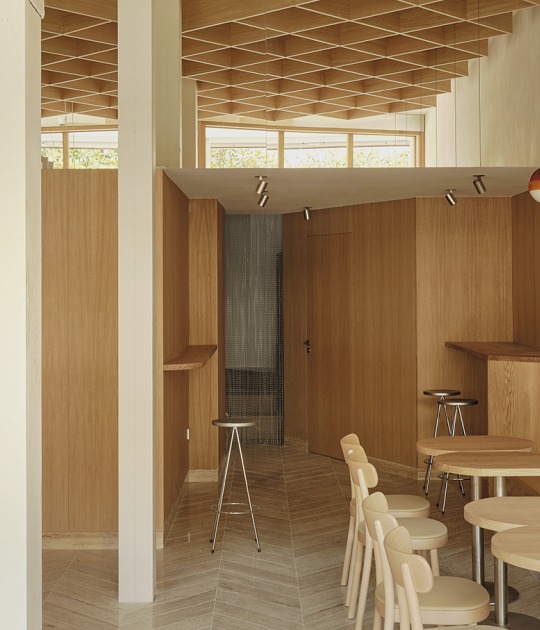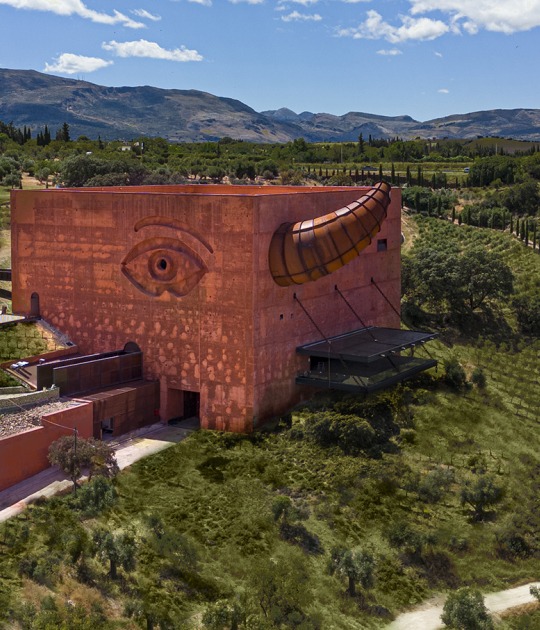Nervous System's custom-fit dress is an intricately patterned structure of 2,279 unique triangular panels interconnected by 3,316 hinges, all 3D printed as a single piece in nylon. While each component is rigid, in aggregate, they behave as a continuous fabric allowing the dress to flexibly conform and fluidly flow in response to body movement.
Bodies are 3-dimensional but clothing is traditionally made from flat material that is cut and painstakingly pieced together. In contrast, Kinematics garments are created in 3D, directly from body scans and require absolutely no assembly. They employ a smart folding strategy to compress Kinematics garments into a smaller form for efficient fabrication. By folding the garments prior to printing them, they can make complex structures larger than a 3D printer that unfold into their intended shape.
Unlike traditional fabric, this textile is not uniform; it varies in rigidity, drape, flex, porosity and pattern through space. The entire piece is customizable, from fit and style to flexibility and pattern, with Kinematics Cloth their first app for clothing.
The first Kinematics Dress was acquired by the Museum of Modern Art -MoMA- for its permanent collection. The Kinematics Dress is fabricated in nylon by 3D printing with Selection Laser Sintering. It was printed in NYC by Shapeways and required no assembly.
We are fascinated by natural processes that produce complex forms from simple rule sets and local interactions. Our projects center around adapting the logic of these processes into computational tools; we do this by translating scientific theories and models of pattern formation into algorithms for design. We abstract a natural phenomenon into a set of rules that specifies discrete instructions for a computer to carry out. The design systems we encode are generative; they have no fixed outcome. Rather than thinking of them as mere tools, we consider them our medium. These systems are digital materials with inherent properties and behaviors.
Nervous System
The Kinematics Dress is a technical achievement but its also an article of clothing. We designed it with comfort and durability in mind, aiming to make a 3D-printed garment that you can actually wear, one that invites movement instead of constraining it.
Below, This video was filmed the day the first Kinematics Dress emerged from the 3D printer at Shapeways.






























